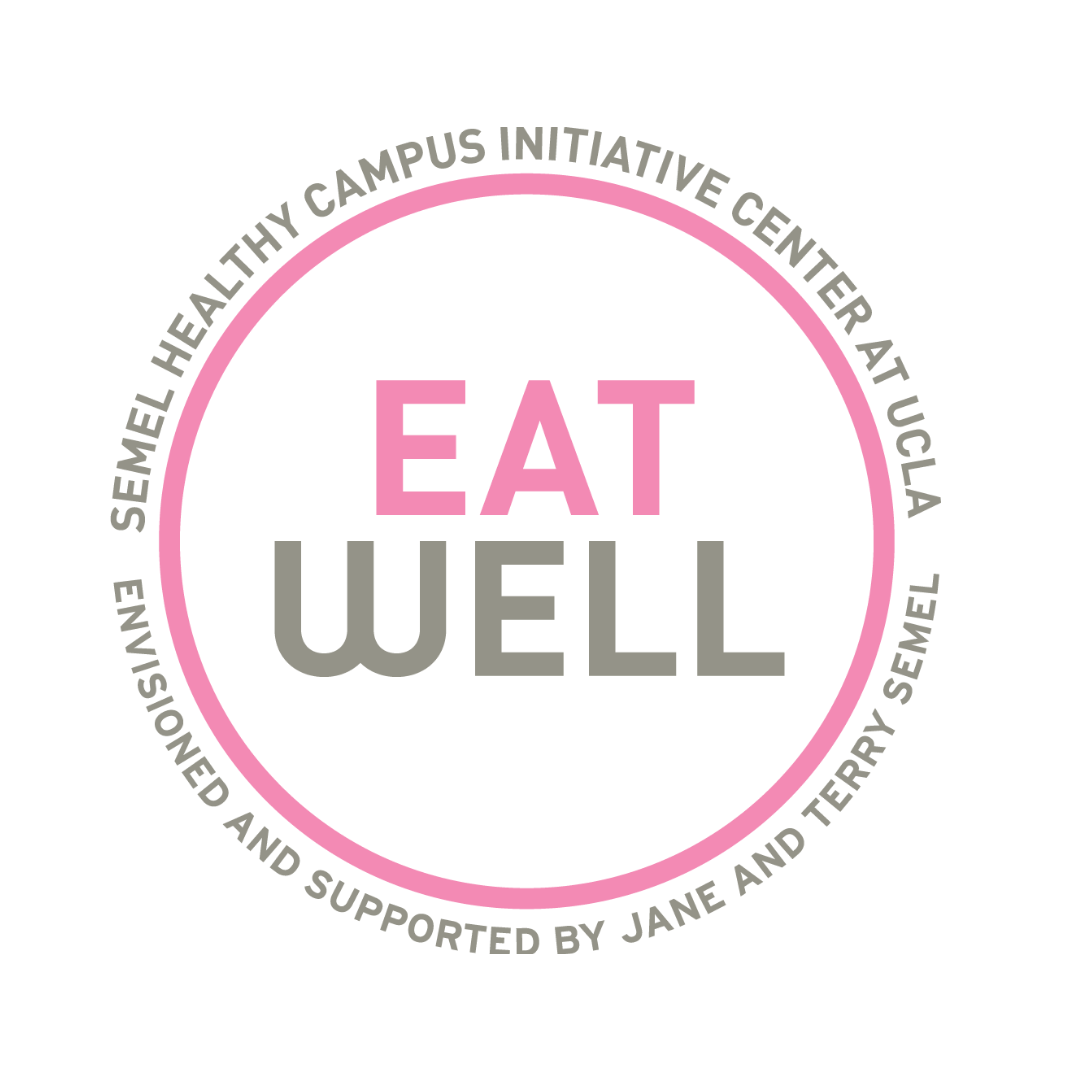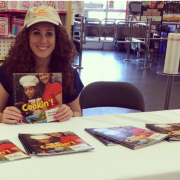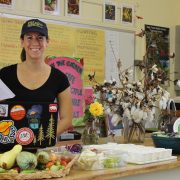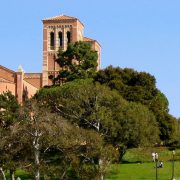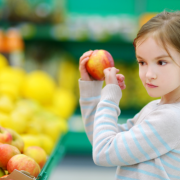Global Food Initiative Student Fellowship Blog Series: Lessons from the Los Angeles County Department of Public Health
Written by Carly Randolph
1. What degree/program are you pursuing at UCLA?
My name is Carly Randolph and I am currently pursuing my Masters in Public Health at the UCLA Fielding School of Public Health. I am in my second (and final!) year of the program. My focus is in Community Health Sciences and I am especially interested in nutrition, stress, diabetes, and chronic diseases.
2. What is the Global Food Initiative Fellowship?
The UC Global Food Initiative (GFI) was launched by President Napolitano in 2014. It asks each of the 10 UC campuses to think critically about how we can nutritiously and sustainably feed a population that is expected to reach 8 billion by 2025. This issue is of direct importance to the UC community, where food insecurity among students and staff is of growing concern. The GFI Student Fellowship program provides funding to students working on research, internships, or other projects with a focus on food.
3. Can you tell us a bit about your project as a GFI Fellow?
During the summer of 2016, I worked for the Los Angeles County Department of Public Health (LACDPH) in the Division of Chronic Disease and Injury Prevention Research and Evaluation Unit. I was able to get my feet wet in a variety of projects surrounding research, evaluation, and health education! I assisted with several projects pertaining to increasing healthy food options for consumers (employees, hospital visitors, and locals) and I researched traffic light classification systems for food, contract and solicitation processes, and tool validation techniques. During one of my projects, I created a recommendation sheet for the County to use in developing a traffic light classification system for food at County institutions and universities, where food is easily classified as healthy or unhealthy based on a red, yellow, green classification system. I also worked on gathering food environment, demographic, and geographic information on several County institutions and hospitals in order to assist the Culinary Institute of America (CIA). My favorite part of my internship was that I was able to participate in health education events at grocery stores, conduct key informant interviews with store-owners, and attend focus groups at a healthy food business conference.
4. What inspired you to get involved in this project?
My mom has struggled with diabetes ever since I can remember, and I have watched her have pick and choose specific foods to eat or not to eat as a result. Because of this personal connection to diabetes, I became especially interested in how nutrition and diet can mitigate some of the effects of diabetes. After taking a tour of LACDPH and learning about the nutrition and diabetes research performed there, I thought it would be the perfect fit for me!
5. What has been most rewarding about your experience thus far?
The most rewarding part of my experience was attending health education events at Northgate grocery stores. I was able to take children on tours of the produce section of the grocery store and play a scavenger hunt game with them. They had to go find certain fruits and vegetables and I would explain nutritional facts to them about each fruit or vegetable they found.
6. How does your work relate to the broader vision of the GFI?
My work relates to the broader vision of the GFI since it addresses food security through providing the Los Angeles community with information about healthy food and access to nutritious food. My work surrounding healthy food procurement and nutrition education serves as a method to reduce food insecurity and address nutritional needs of Los Angeles citizens.
7. How can other students get involved in this issue or topic?
Other students can get involved in this issue by either working in collaboration with the Division of Chronic Disease and Injury Prevention or performing their own research on methods to implement healthier foods into various institutions, restaurants, and cafeterias.
8. What’s one of your favorite articles, documentaries, books, or video clips about food?
One of my favorite articles about food is “Do We Waste A Lot Of Pumpkins We Could Be Eating?” I love the taste of pumpkin and thought this was fascinating since pumpkins can be used in so many different ways, rather than being wasted and thrown away.
9. Anything last thoughts you would like to share?
I learned so much during my field studies and I am excited to continue to share all that I have learned with other GFI fellows, as well as with the general public. Feel free to contact me at carlyrandolph2@gmail.com with any questions or ideas you may have!
